No, not the historic city. And in fact not all, but few! ROME here stands for Return on Modelling Effort, a term coined by Op 't Land, Proper, Waage, Cloo and Steghuis in Enterprise Architecture - Creating Value by Informed Governance. Springer, 2008.
It is important: organisations spend thousands of hours and millions in revenue building various kinds of models in strategy, finance, enterprise architecture, requirements, solution design and other areas. Often these are useful to their creators, but do not deliver organisational value in excess of their cost.
The problems are often related to appropriateness of models to the kinds of analysis required, accessibility of the models to relevant stakeholders and quality of the models themselves.
Appropriateness relates to the relevant concepts being included, the ability of the models to capture knowledge, share knowledge, support analysis and insights and serve as inputs to further steps. It is also influenced by the appropriate level of abstraction and detail.
Accessibility is related to the representation of the models in ways that are familiar to the relevant stakeholders, ease of sharing and distribution. Architects love complex graphical models, but a business executive might prefer a poster, powerpoint deck or even a story. A financial executive will prefer a spreadsheet or graph. We also need ways to deal with complexity and scale to make them manageable, as well as ways to highlight important insights, rather than overwhelm with volume.
Quality is related to accuracy of gathered information, mapping to the model, fidelity of the modelling techniques and accurate translation to accessible output formats.
Achieving high ROME depends upon a few fundamentals, including: clearly understanding the purpose of the models; identifying and knowing the frame of reference of the Stakeholders in both business and technical domains; choosing appropriate modelling concepts, techniques and representation language that is effective, concise, efficient and precise enough. It also requires sharing outputs (including interim or evolving ones) and engaging various stakeholders positively in the process of model formulation, improvement and evolution.
#ROME #Modelling #EnterpriseArchitecture #BusinessArchitecture #ModellingLanguage

